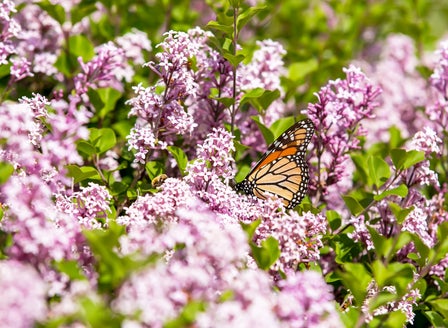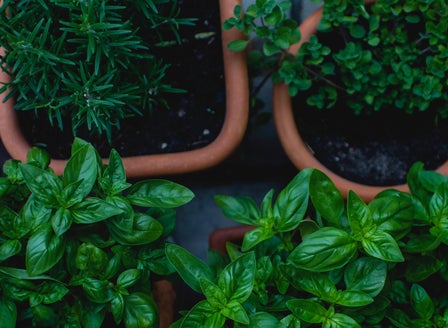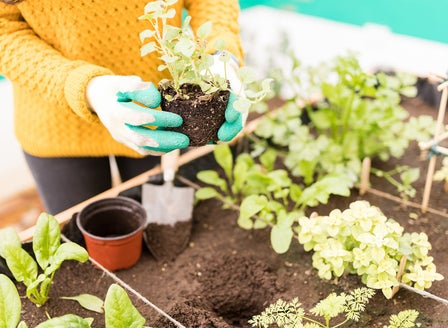Thyme is a great versatile herb that can be used in a variety of dishes. Thyme can be used fresh or dried, and works well in soups, roasted vegetables, pasta, sauces, pizzas and more! We have a wide variety of thyme in-store, though availability can vary, including common, lemon, lemon variegated, silver, pizza and woolly.
Planting Calendar
Thyme can be planted all year round.
Prepare
Position
Thyme can be grown in as a ground cover, or in small herb and veggie gardens or in pots. Plant in full sun, or in a position that gets at least 6 hours of the brightest sunlight. It does best when planted into a rich free draining soil.
Soil
When planted into the ground, Thyme likes a free draining soil that is rich in organic matter. To improve the organic content in your soil, break up the soil and add Kings Compost and Kings Sheep Pellets then mix together well. When growing in containers, plant into Kings Container mix. This mix contains added water storage crystals and Saturaid, two products that help maintain moisture in the soil.
Plant
When planting into the ground, gently tap the plant out of its pot. Dig a hole twice the depth and width of the plants root ball. Mix Kings Compost into your existing soil at a 50/50 ratio, add Sheep Pellets then mix together well. Back fill the hole with this soil, so that when planted the top of the plant’s roots sit level with the surrounding ground. Firm the soil down gently and water in well with Aquaticus Organic Garden Booster. In heavier clay soils, where drainage is likely to be an issue, plant onto a raised mound and sprinkle Gypsum Clay Breaker into the bottom of the hole, this helps slowly condition the soil and will help to break down the clay. When planting into containers, plant in Kings Containers mix, as this has water retention crystals in it, which will help in keeping the soil moist. Firm the soil down gently and water in well with Aquaticus Organic Garden Booster.
Care
Watering
Thyme may need watering through the drier part of the year, however thyme is known as a ‘dry herb’, and is hardy and somewhat drought resistant.
Feeding
Feed thyme every month to once every six weeks with Aquaticus Organic Garden Booster to keep the plants happy and healthy.
Pruning
Prune thyme in autumn to maintain a compact growth habit and to contain its spread. You can also use these cuttings for propagation.
General Care
When using sprays, chemicals or fertilisers always read the label and follow the instructions. Apply sprays in the evening to avoid harming beneficial insects.
Beginner Tip
Harvest with a sharp pair of scissors. You can use thyme fresh, or hang them up to dry in a cool, dry area where humidity is low.
Expert Tip
Thyme is a herb that is great for attracting bees, and the leaves are thought to help reduce the problem of varroa mite (a type of honey bee lice), which is why thyme is often planted around hives.
Frequently Asked Questions
How often should thyme be watered?
Thyme may need watering through the drier part of the year, however thyme is known as a ‘dry herb’, and is hardy and somewhat drought resistant.
How do you harvest thyme?
Harvest with a sharp pair of scissors. You can use thyme fresh, or hang them up to dry in a cool, dry area where humidity is low. Harvesting regularly will encourage new fresh growth.
How do you prune thyme?
Prune thyme in autumn to maintain a compact growth habit and to contain its spread. You can also use these cuttings for propagation.
How do you propagate thyme?
Thyme can be propagated from cuttings, division, or seeds. Cuttings and division are the most reliable methods.
What pests or diseases affect thyme?
Thyme is relatively pest-resistant but can be affected by aphids, spider mites, and fungal diseases. Proper spacing and watering can help prevent issues.


